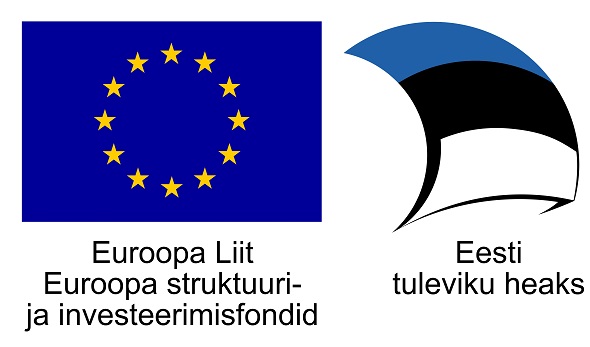Asian Leaders Value Creativity and Intuition More than Europeans Do

Do leadership styles differ around the world? This is one of the questions explored by our recent International Business Report. We asked 3,400 business leaders working in 45 economies to tell us how important they believe certain attributes are to good leadership.
Patterns in their responses point to some intriguing cultural differences. While the top traits – integrity, communication, and a positive attitude – are almost universally agreed upon by respondents (and confidence and the ability to inspire also rank high globally) not everyone is aligned on the importance of two other traits: creativity andintuition.
Nine in ten ASEAN leaders believe creativity is important, compared with just 57% in the EU; while 85% of ASEAN leaders think intuition is important, compared to only 54% in the EU. More generally, we find greater proportions of respondents in emerging markets falling into the leadership camp we would call “modernist.” They put more emphasis on intuition and creativity and also place greater value on coaching than leaders who are “traditionalists.”
This is an intriguing discovery, but it immediately raises a follow-on question. It’s conceivable that our survey captured a gap that still exists for now but is shrinking, as globalization brings a certain sameness to businesses around the world. Will we see a steady convergence in leadership – and toward the Western style – as developing economies mature?
Many believe so. As one example, Harvard Business School’s Quinn Mills has made this prediction: “As Asian companies rely more on professional employees of all sorts, and as professional services become more important in Asian economies … Asian leadership will come to more resemble that of the West.”
I’m not so sure. Given the superior growth rates of their economies, it might be that leaders in emerging markets are gaining the confidence to stick with the management approaches that have apparently been working for them – or that they have the agility to adapt to whatever techniques and tone prove best suited to their fast-evolving local markets. A separate Grant Thornton study on Chinese leadership finds that chairmen of companies there are deliberately blending imported and home-grown management techniques and approaches to create a new “Chinese Way” of leading, rather than copying and replacing.
And here is the really big factor in play as leadership styles continue to evolve: Women still have far to come as business leaders. Today, just 24% of senior business roles around the world are held by women, but the proportion of female CEOs is on the rise. Awareness is growing that diversity, of all sorts and in any walk of life, leads to better decisions and outcomes. There is now a wealth of empirical evidence proving that greater gender diversity correlates with higher sales, growth, return on invested capital, and return on equity. One recent study from China even finds that having more women on company boards reduces the incidence of fraud. Meanwhile, uniformity of background often yields uniformity of opinion and worse decisions. The pressure is on to make boardrooms and management ranks less “male and pale.”
It has often been claimed that a key way in which business women differ from business men is in their leadership styles. For example, research shows that women leaders, on average, are more democratic and participative than their male counterparts. Studies have also shown that, as investors, women are more risk-averse and, at the household level, tend to invest a higher proportion of their earnings in their families and communities than men.
Looking across the global landscape today, we find women more prevalent in the upper echelons of companies in Eastern Europe and Southeast Asia. Perhaps it is not just coincidence that where we see more women leading, our survey finds more openness to using creativity and intuition – and also a higher value placed on the ability to delegate. In any case, these parts of the world, with their higher proportions of women in leadership, have a fair claim to be arriving sooner at the well-blended leadership style of the future.
Decision-making based on analytics is all the rage now, and certainly represents progress in many areas where managerial decisions have been made in the past on “gut feel.” But there are still many decisions in business that, either because they relate to future possibilities or because they involve trade-offs of competing values, can’t be reduced to data and calculations. One could argue that those are the very decisions – the ones requiring creativity and intuition – where leadership is most called for and tested. In a fast-moving, digitally-powered world, creativity and intuition could be the difference between gaining ground as an innovator and getting left behind.
Francesca Lagerberg is global leader for tax services and people and culture at Grant Thornton, a global accounting organization with operations in 130 countries.
Read the article





